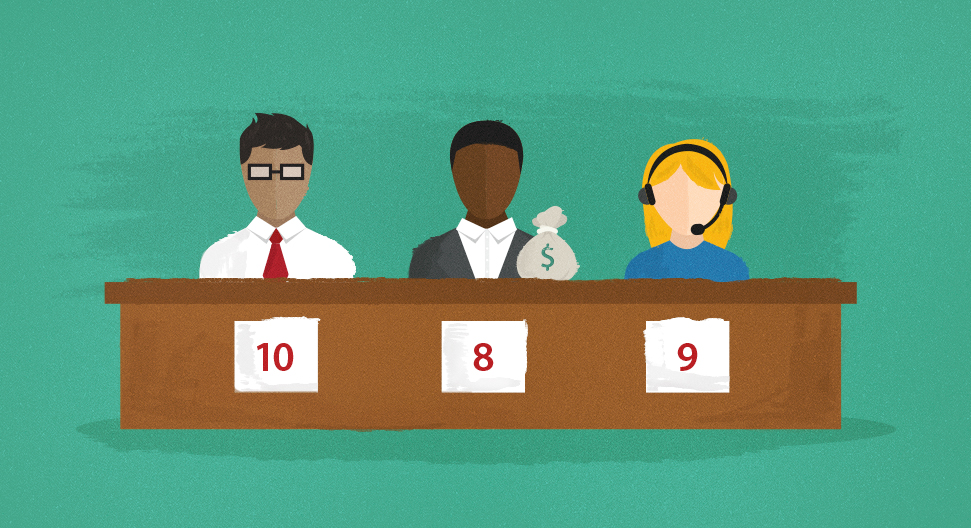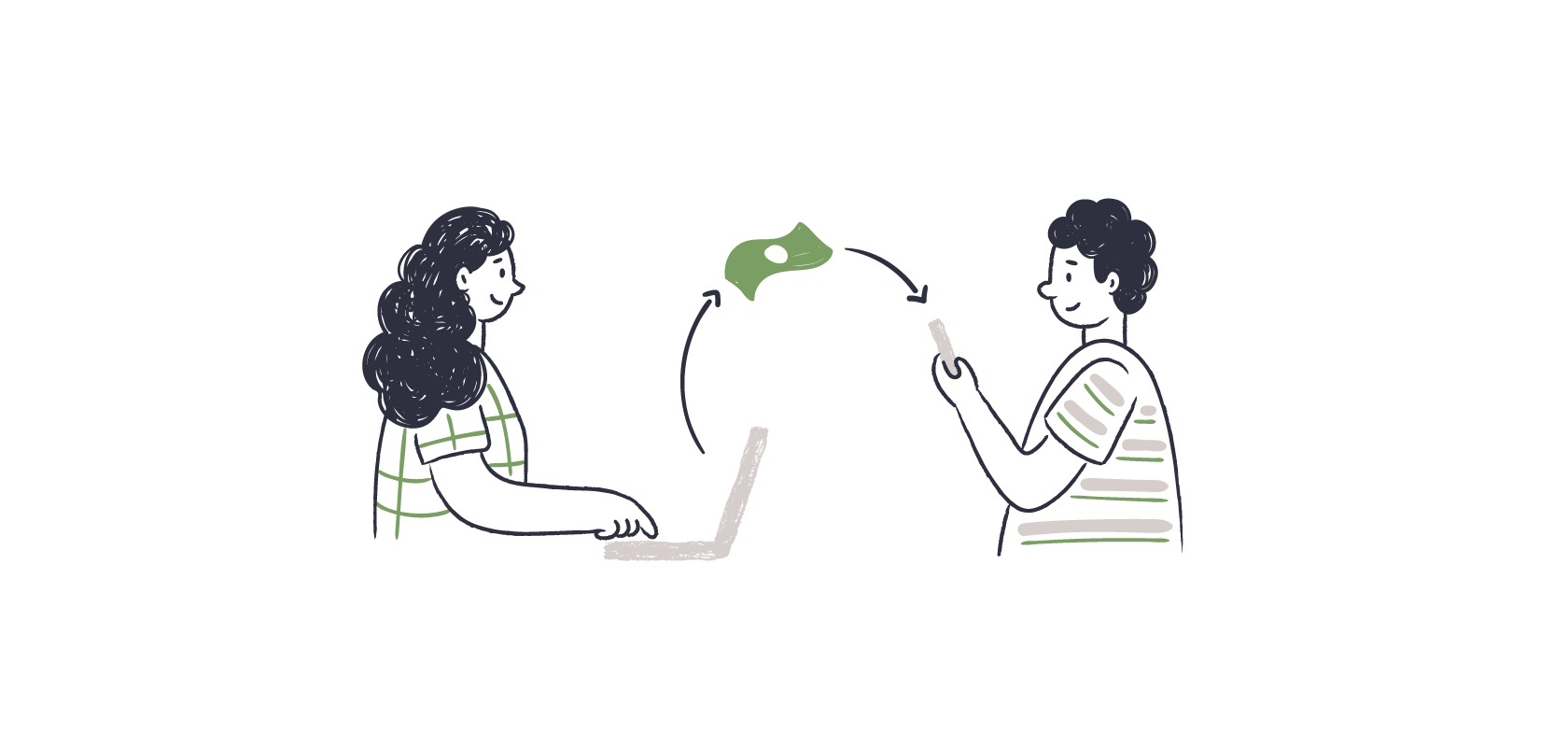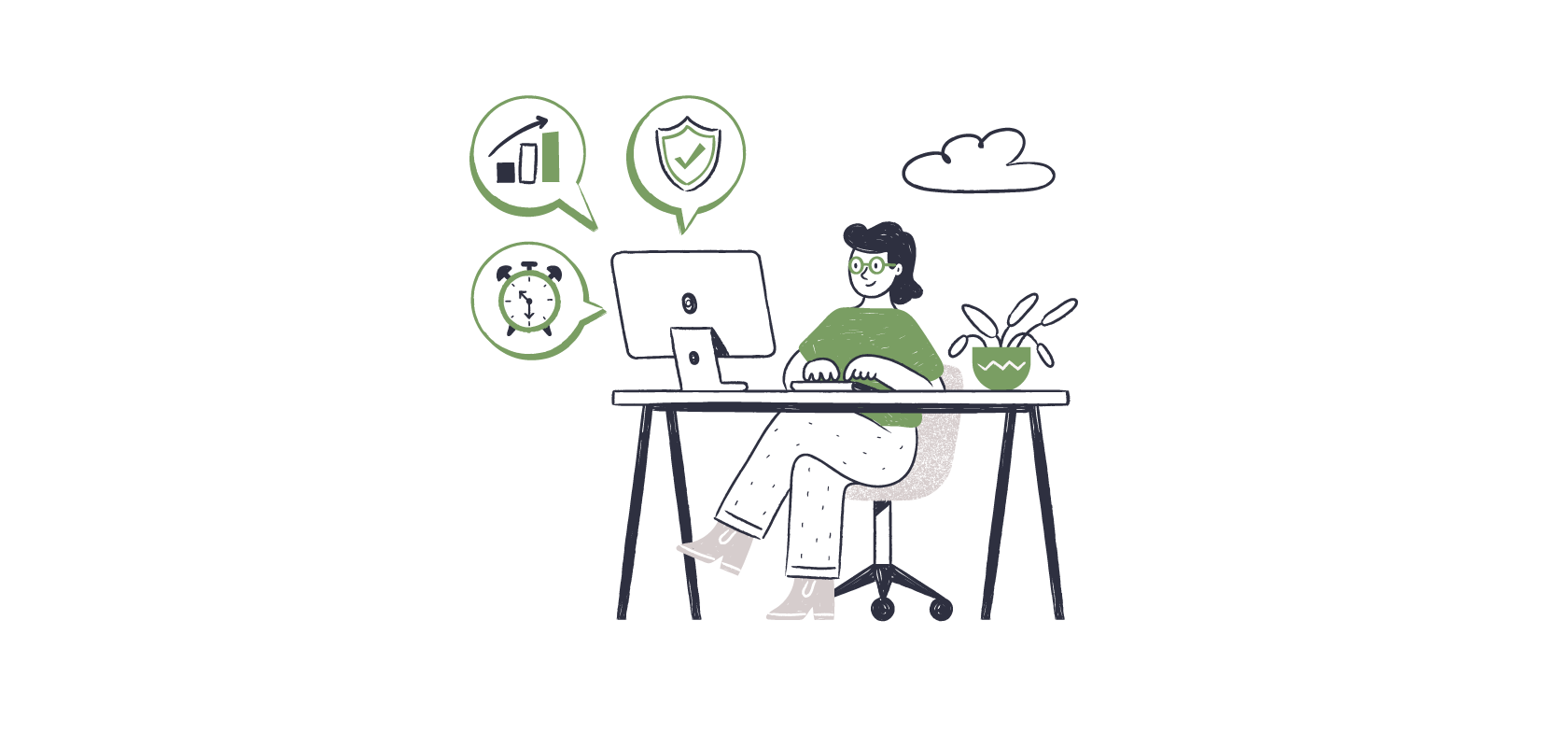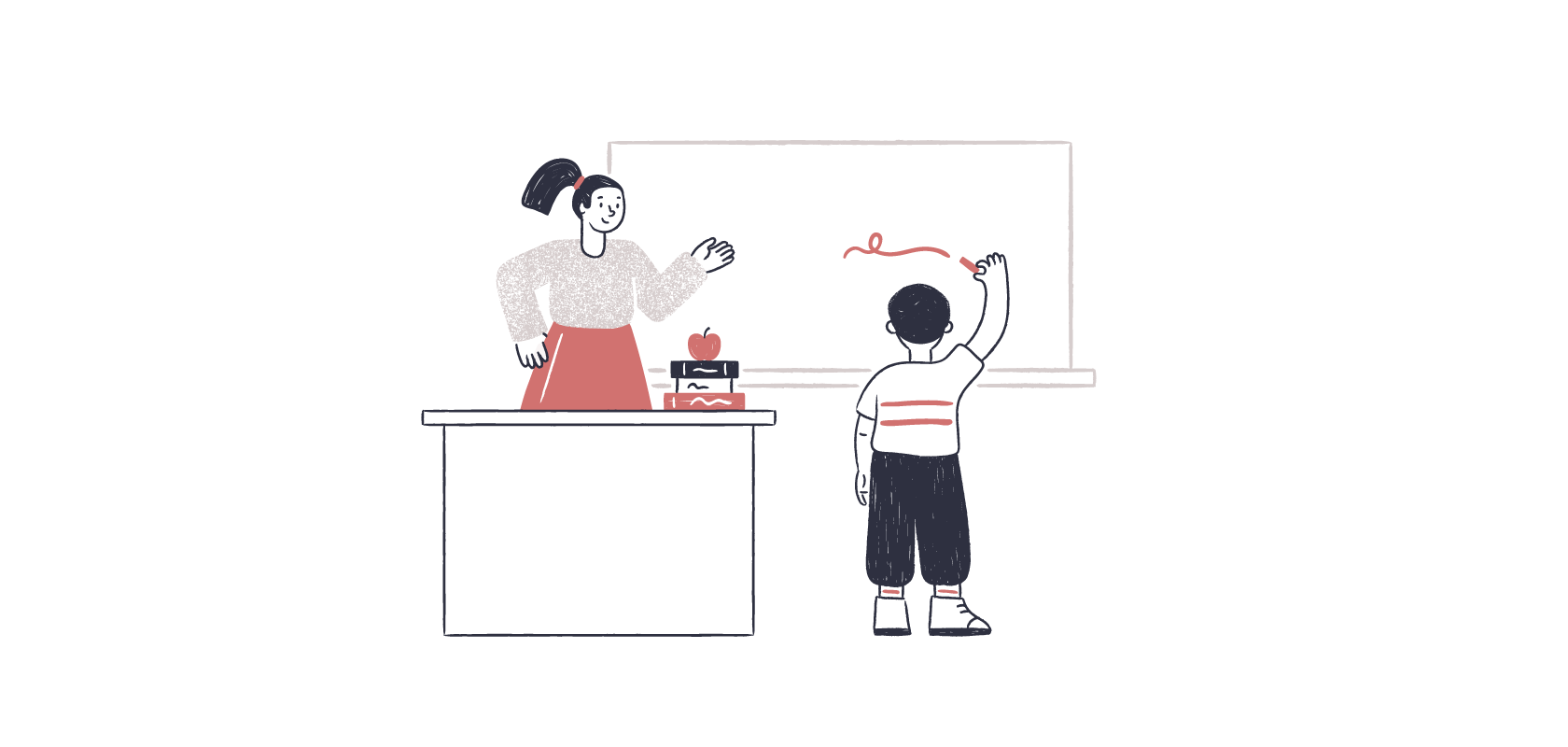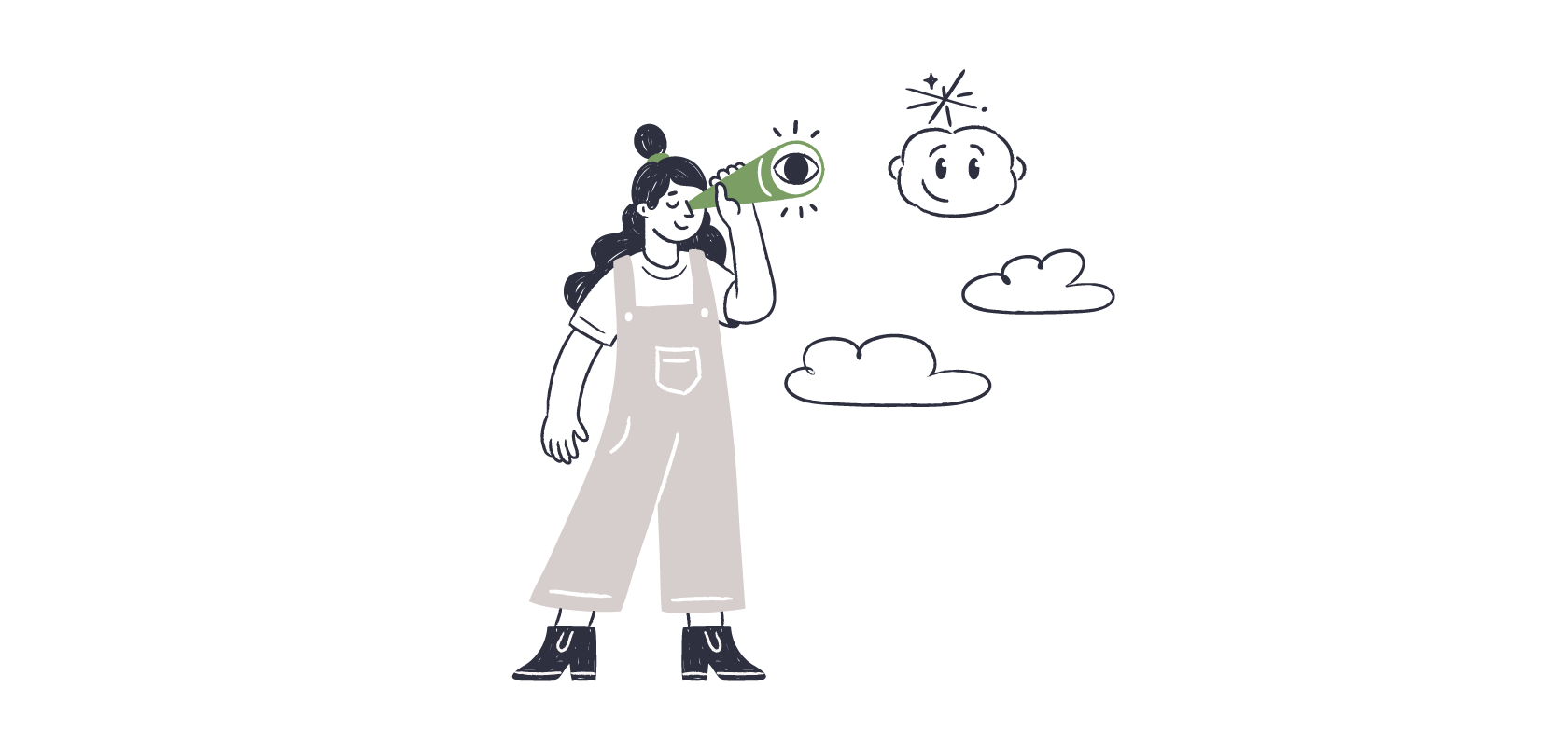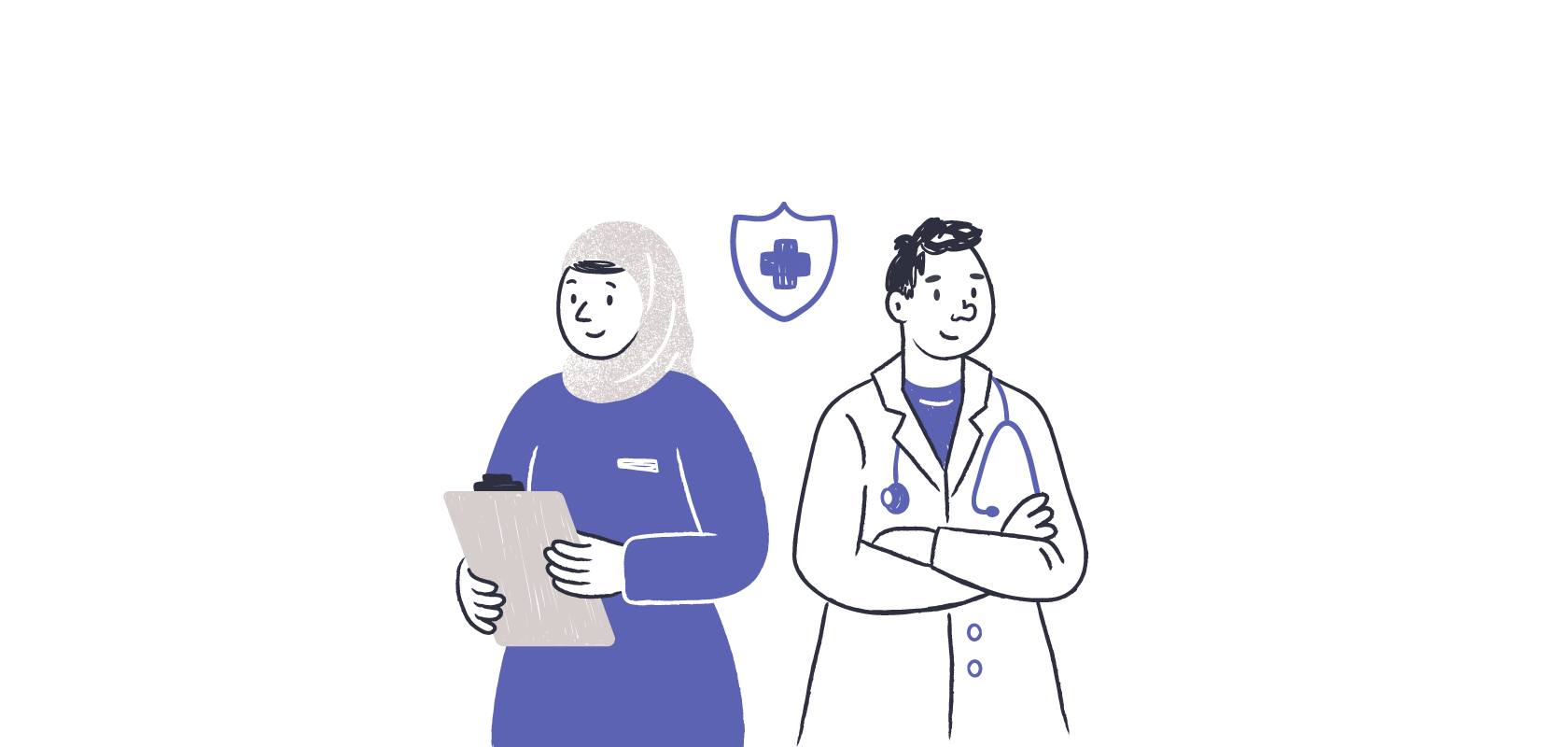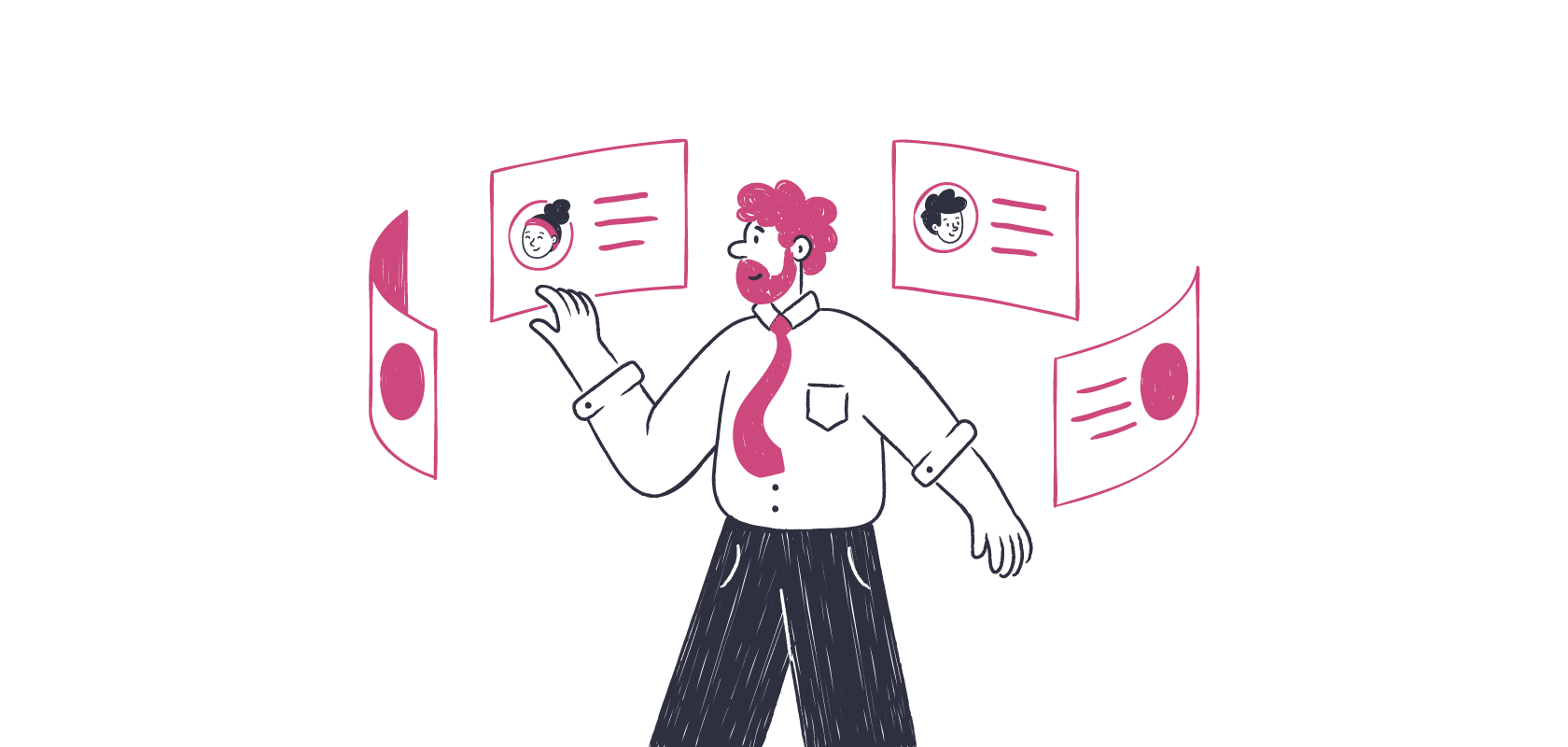Become an insider!
Get our latest payroll and small business articles sent straight to your inbox.
I’ve always said to my product teams, “You don’t report to me, you report to the product.” If the product is “happy,” then the company and me are happy.
The product has a boss too; in fact, it has three – and the product needs to keep all of them happy.
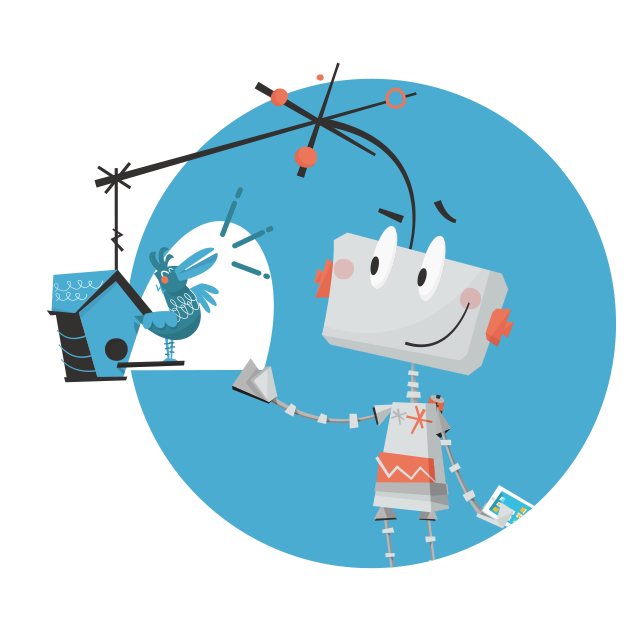 Strapped for time? Check out Dave’s Twitter Interview on the topic.
Strapped for time? Check out Dave’s Twitter Interview on the topic.
In no particular order, the product’s three bosses are generally:
- The vision of the product/company
- The customer
- The needs of the product/tech itself
Assuming your product has already been released and already has customers, choosing which feature/requirement to implement in the next release can be tough.
I find it essential to put serious thought into why a feature/requirement should be on the list and to which of the three bosses it caters to.
Certainly, building features/requirements for any of the three bosses will be instrumental in your business success strategy to build the company and the product forward in some way; that’s what makes choosing what to do next hard and why I like to consider each boss when making this decision.
Just as certain, not building features/requirements for all the bosses can kill a product.
My belief is that most releases should have something to make each boss happy.
My favorite feature releases give me something to brag about to each boss. Of course, it’s also completely fine to have releases that cater to only one of the bosses.
In fact, having the majority of the need come from just one of the bosses is awesome because it allows you to focus.
Let’s dive into each of our product “bosses”.
1. Vision
The company/ product/ founder’s vision.
This is the reason you built the product in the first place: you saw a problem, you had a vision to solve it and you went for it. Before you have customers and technical debt, this is the only boss the product has.
After you have customers, this is the boss that you feed to get closer to your ultimate solution, and if you’re growing, then your vision should be growing too… a new market, a new demographic, whatever.
If customers are piling up and frantically in need of some love, you may choose to put this one on hold for a while, but don’t forget that having a clear vision can get you more customers.
Of the three bosses, it’s also the one that gets you most bragging rights with the press.
2. Customers
Obviously, keeping customers happy is awesome for a whole array of obvious reasons; it’s way easier to keep customers than to get new ones.
I’ve run into purists that don’t give the customer very much say in what gets done on the product. I think that many times it’s fine to cater to the specific needs of the customer – but ideally (read, can’t always do this):
- You’re just re-prioritizing features that you wanted to do anyway (vision).
- You’re building a feature that’s been asked for by a large number of customers and can be useful to most of your customers.
The worst way to make this boss happy is with one-off features for one-off customers (but even still, this can sometimes be the totally right thing to do – love, and be cautious of the big fish).
The Customer Boss also includes ones that you don’t have yet and has features that are built to alleviate customer objection.
Try to get some proof that the proposed feature is really impeding the sale, and it’s not just an excuse by the customer to not buy.
3. Tech need/Tech debt/bugs
This includes tech needs that are demanding attention, due to a change, i.e. the volume of users is going up.
Generally, this is the need of the product/tech to continue to function and satisfy the other needs.
As with most things, and especially with software, it’s not possible to build something once and have it forevermore satisfy the need – the product’s inner workings need to improve as demands change.
In the worst case, tech debt demands work because a part of the system wasn’t built properly and can’t accommodate the current need.
In the best case, your business is growing, and your customers are increasing the product needs to keep up with the new (greater) demands.
Frankly, recognizing and fixing good tech debt is awesome and points to good planning, not bad.
For example, the product is being overwhelmed with users (awesome!) and is beginning to appear slow in some way – congratulations, you made the right call in not optimizing early (and spending that time on other things) and congratulations, the business has outgrown the early tech.
Choosing which boss to please, or which features to implement, is rarely an exact science.
As with most things, some amount of balance can make a big difference to the overall success of your releases.
